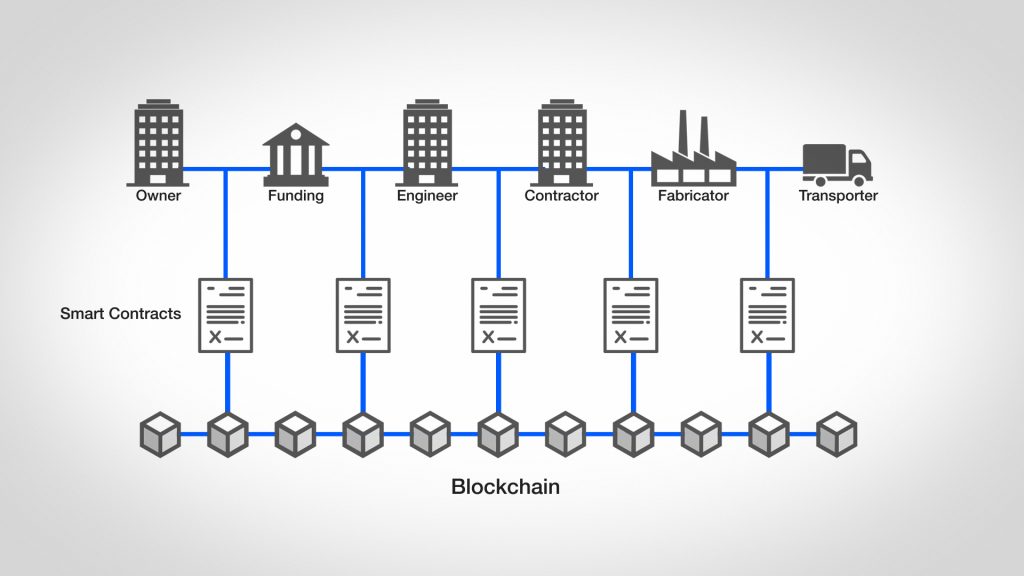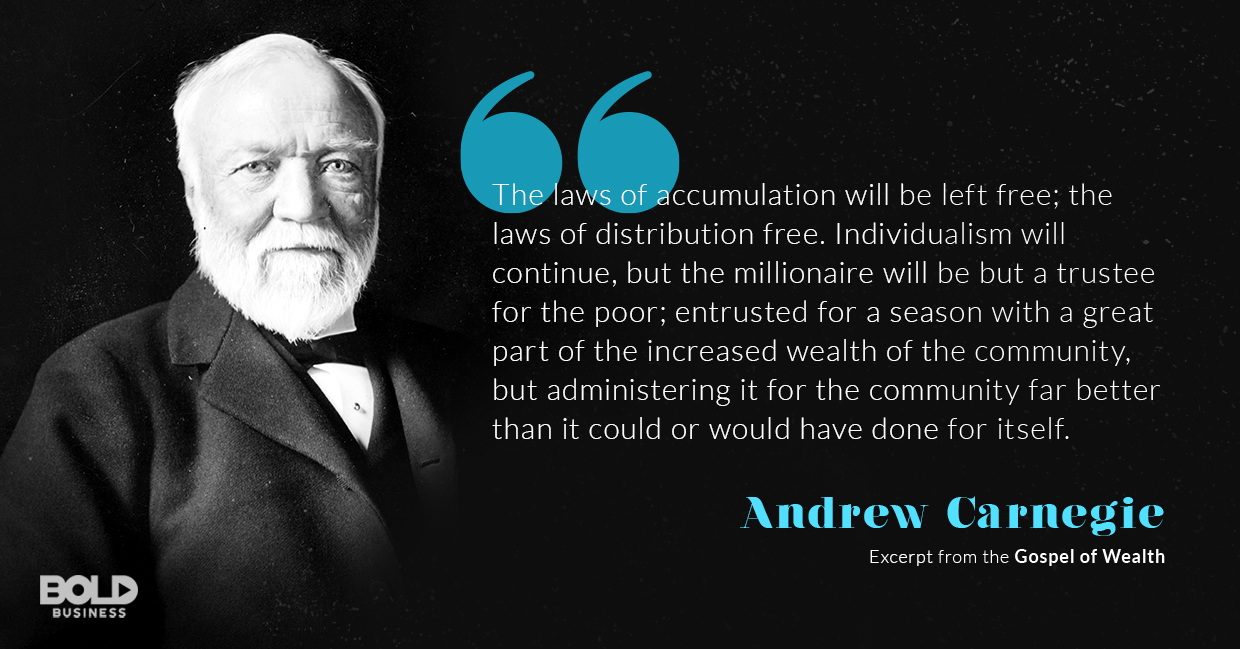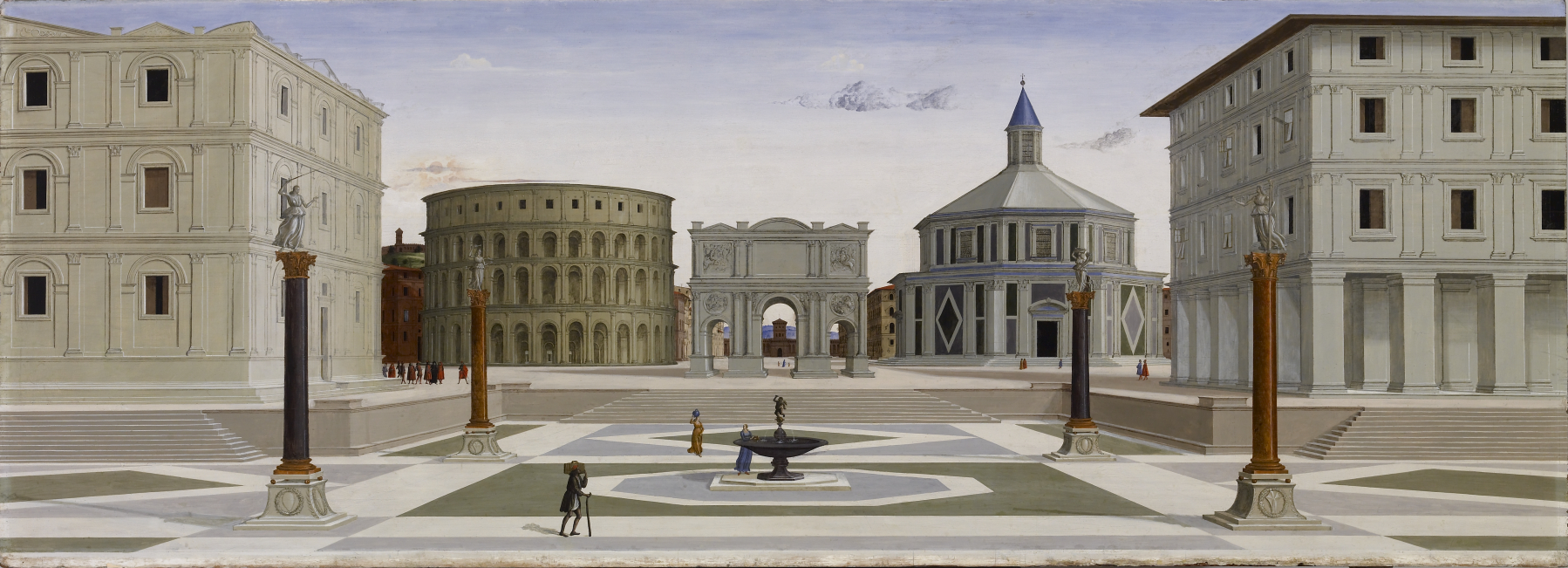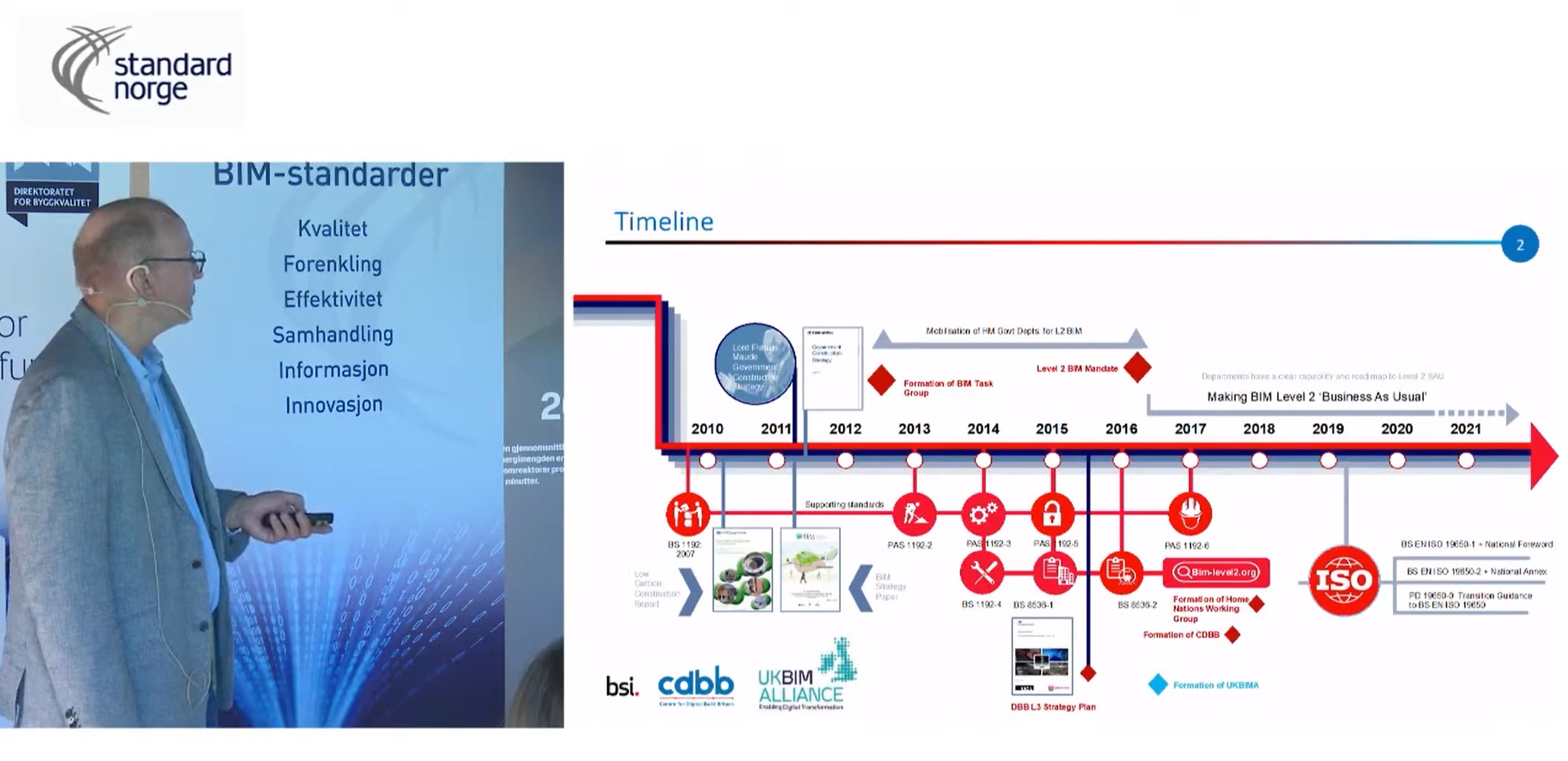Tag Archives: AEDificare
- Home
- Posts tagged "AEDificare"

How Blockchain Will Change Construction
Blockchain and distributed ledger technology has the potential to improve building construction in several ways:
• Asset Tokenization: Some projects explore the idea of tokenizing real estate assets, including buildings, which can enable fractional ownership and increase liquidity in the real estate market.
• Supply chain management: Blockchain can be used to track building materials throughout the supply chain, from the manufacturer to the construction site. This can increase transparency and traceability, reduce fraud and counterfeiting, and improve quality control.
• Payment processing: Blockchain can be used to automate payment processing for construction projects, allowing for faster and more efficient payments that are verified through the blockchain. This can reduce payment disputes and delays and increase the speed of project completion.
• Smart contracts: Smart contracts can be used in building construction to automatically execute contractual obligations, such as making payments or releasing building plans when certain conditions are met. This can reduce the need for intermediaries and improve the efficiency of the construction process.
• Building maintenance and management: Blockchain can be used to create a decentralized database of building maintenance and management records, such as warranties, repair records, and energy usage. This can make it easier for building owners and managers to track and manage building maintenance, reducing downtime and costs.
• Decentralized project management: Blockchain can be used to create a decentralized platform for project management, allowing all stakeholders to have access to the same information and reducing the risk of miscommunication and errors.
Emergent vendors in this domain:
ImmVRse is a blockchain-based platform that is being developed to help with the design and construction of educational facilities. The platform uses virtual reality to create 3D models of buildings, which can be used to identify potential design flaws and optimize construction plans. The platform also uses blockchain to track project progress, reduce disputes, and facilitate payments.
Solar DAO is a blockchain-based platform that is being developed to fund renewable energy projects, including solar energy systems for educational facilities. The platform allows investors to fund solar energy projects and receive dividends based on the amount of energy generated. The platform also uses blockchain to track project progress and verify energy generation.
Blockcerts is a blockchain-based platform that is being used for digital credentialing in education. The platform allows educational institutions to issue digital certificates and diplomas that are verified through the blockchain, making them more secure and tamper-proof.
Widespread adoption of these technologies will require collaboration and standardization within the industry.
How Blockchain Will Change Construction
Don Tapscott – Ricardo Viana Vargas
Blockchain technology is among the most disruptive forces of the past decade. Its power to record, enable, and secure huge numbers and varieties of transactions raises an intriguing question: Can the same distributed ledger technology that powers bitcoin also enable better execution of strategic projects in a conservative sector like construction, involving large teams of contractors and subcontractors and an abundance of building codes, safety regulations, and standards?
“Increasingly, we are thinking more carefully about when and where we need to compete and what can we share and collaborate on,” said David Bowcott, global director of growth, innovation, and insight in Aon’s global construction and infrastructure group. Using blockchain to automate the contractual processes and paperwork underpinning these complex projects could save money, free up valuable resources, and speed up project delivery. (Unless otherwise noted, quotes are from interviews we conducted as part of our research.)
Bibliography
On-Site Construction Quality Inspection Using Blockchain and Smart Contracts
Carnegie Classifications
The Carnegie Classification of Institutions of Higher Education, or simply the Carnegie Classification, is the framework for classifying colleges and universities in the United States. Created in 1970, it is named after and was originally created by the Carnegie Foundation for the Advancement of Teaching, but responsibility for the Carnegie Classification was transferred to Indiana University‘s Center for Postsecondary Research, in 2014.
The framework primarily serves educational and research purposes, where it is often important to identify groups of roughly comparable institutions. The classification includes all accredited, degree-granting colleges and universities in the United States that are represented in the National Center for Education Statistics Integrated Postsecondary Education Data System.
The Carnegie Classification of Institutions of Higher Education ®
Whole Building Design Guide
The National Institute of Building Sciences (NIBS) is a non-profit, non-governmental organization bringing together representatives of government, the professions, industry, labor and consumer interests to focus on the identification and resolution of problems and potential problems that hamper the construction of safe, affordable structures for housing, commerce and industry throughout the United States. The National Institute of Building Sciences was authorized by the U.S. Congress in the Housing and Community Development Act of 1974, Public Law 93-383.
As the largest non-residential building construction market in the United States — and one that is largely financed with public money — the education industry is a major stakeholder in NIBS leading practice discovery and promulgation. Best practice in education facility construction is informed by best practices in other federal agencies with significant construction spend
We track development and commenting opportunities on NIBS consensus products linked below:
United States National CAD Standard
It is remarkable how much standards action happens in the drearier (boilerplate) — General Conditions — part of a construction contract. Admittedly, you must have an interest in the fine points of the building construction disciplines.
As of today’s posting we do not find any NIBS titles released for public consultation in the Federal Register. We do, however, keep NIBS products on our periodic Ædificare c0lloquium; open to everyone. See our CALENDAR for the next online meeting; open to everyone.
Issue: [15-317]
Category: Architectural, Management & Finance
Colleagues: Mike Anthony, Richard Robben
Representative School, College & University Construction Contract General Conditions
More
New update alert! The 2022 update to the Trademark Assignment Dataset is now available online. Find 1.29 million trademark assignments, involving 2.28 million unique trademark properties issued by the USPTO between March 1952 and January 2023: https://t.co/njrDAbSpwB pic.twitter.com/GkAXrHoQ9T
— USPTO (@uspto) July 13, 2023
Standards Michigan Group, LLC
2723 South State Street | Suite 150
Ann Arbor, MI 48104 USA
888-746-3670



















